With a trail of dust in their wake, Pony Express riders sped across the prairie on their journey toward California. After leaving St. Joseph, they would find a fresh horse waiting for them about every ten miles. A quick stop allowed them to trade mounts and in a flash, they were back on the route. They would repeat this process eight more times, at other stations, until they arrived at a Pony Express Barn. Wanting to get a better understanding of this unique mail delivery service, we made a stop at the Pony Express Barn Museum, in Marysville, Kansas.
We want to thank Visit Marysville and the Pony Express Barn Museum for hosting our visit. Rest assured all opinions are our own.
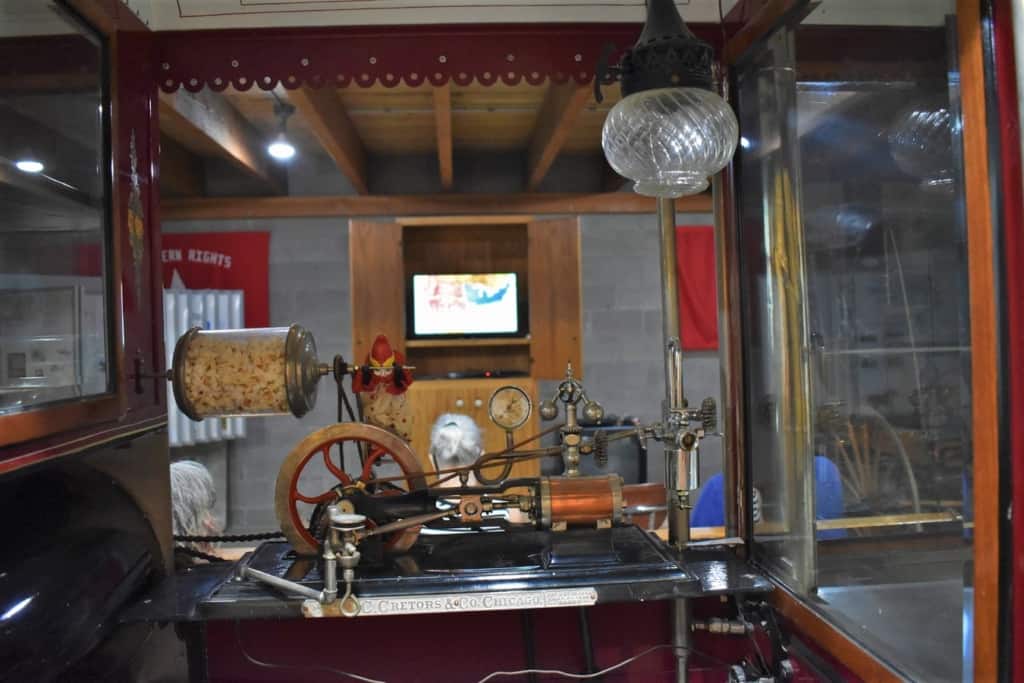
A Timely Visit
We were anxious to visit the Pony Express Barn Museum since we had already learned a little about this mail service business. During a visit to St. Joseph, Missouri we learned how this enterprise was formed. We began this visit with a short film that gave a quick overview of the Pony Express. As we watched, we heard the familiar names of Russell, Majors, and Waddell. These three men would be the working capital behind the enterprise, as they gambled on the future of mail delivery. We also heard the names of some of the famous riders who spurred on their horses into history.
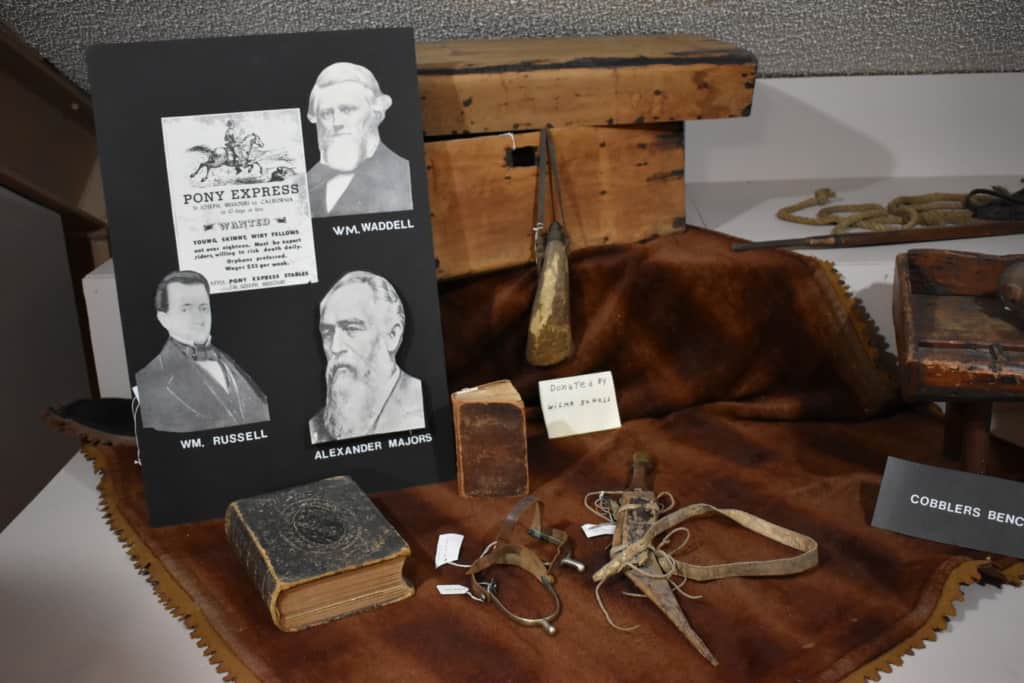
A New Idea
Many of you are probably quite aware of the Pony express. While only in existence for 18 months, it has left an indelible mark on the pages of history. Mail service to the west had been lackluster, prior to the discovery of gold in California. With the population booming, the demand was growing exponentially. The three founders of the Pony Express saw an opportunity to cash in on this trend. The idea of securing government contracts for mail service seemed like a lucrative business plan. Building the network required to accomplish this would take a lot of capital.
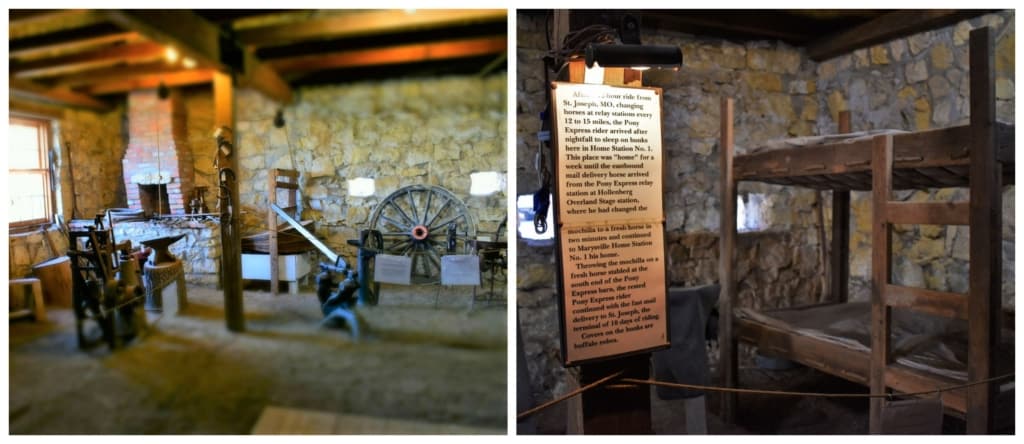
Inside the Pony Express Barn Museum
Their proposal was to create a route that would allow for mail delivery in ten days. This was a concept that caught the attention of the nation. In two months, the three men assembled a network of 184 stations, 400 horses, and 120 riders. Add to this, hundreds of employees needed to make this project work. Riders were required to weigh less than 125 lbs., so as to maximize the speed and distance that each horse could travel. Every ten miles the riders would change horses and speed off toward the next way station. Dotting the route at roughly 100-mile intervals were Pony Express barns.
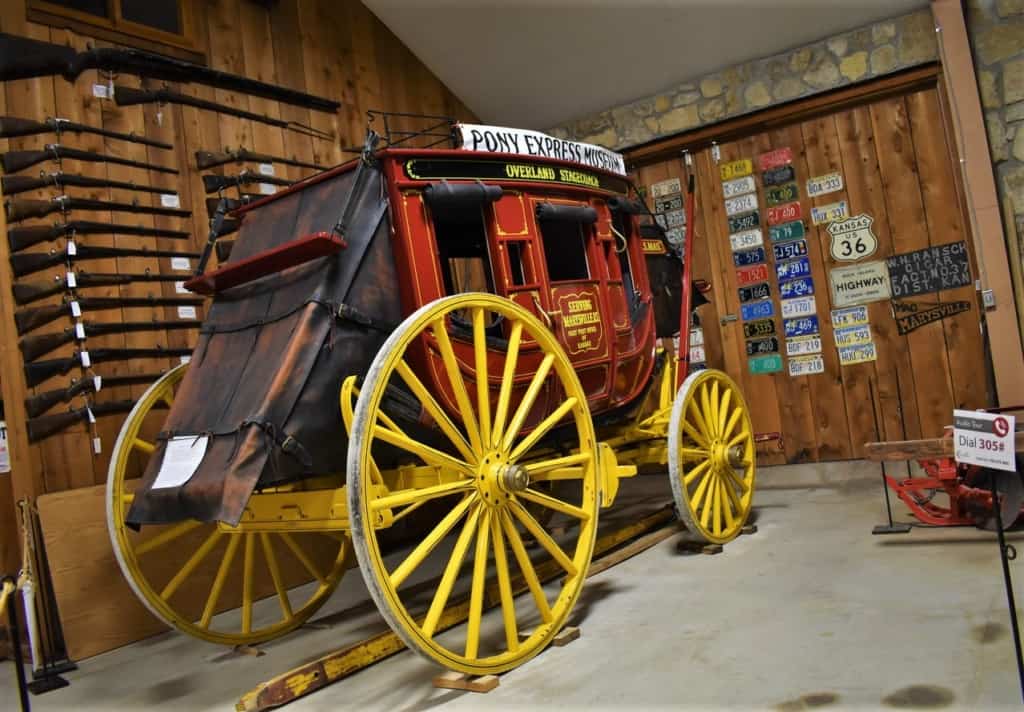
Heading Overland
With quick horses and favorable weather conditions, a rider could cover the stretch between barns in about ten hours. At that point, the next rider would take on the task. This process was repeated day and night until the end of the route was reached. Traveling light was key to success, so the riders were allowed a water pouch and revolver. The mail was carried in a leather pouch called a mochila. Weighing twenty lbs. when empty, the weight doubled when filled with mail. Combining all of the materials brought the total burden for the horse to 165 lbs.
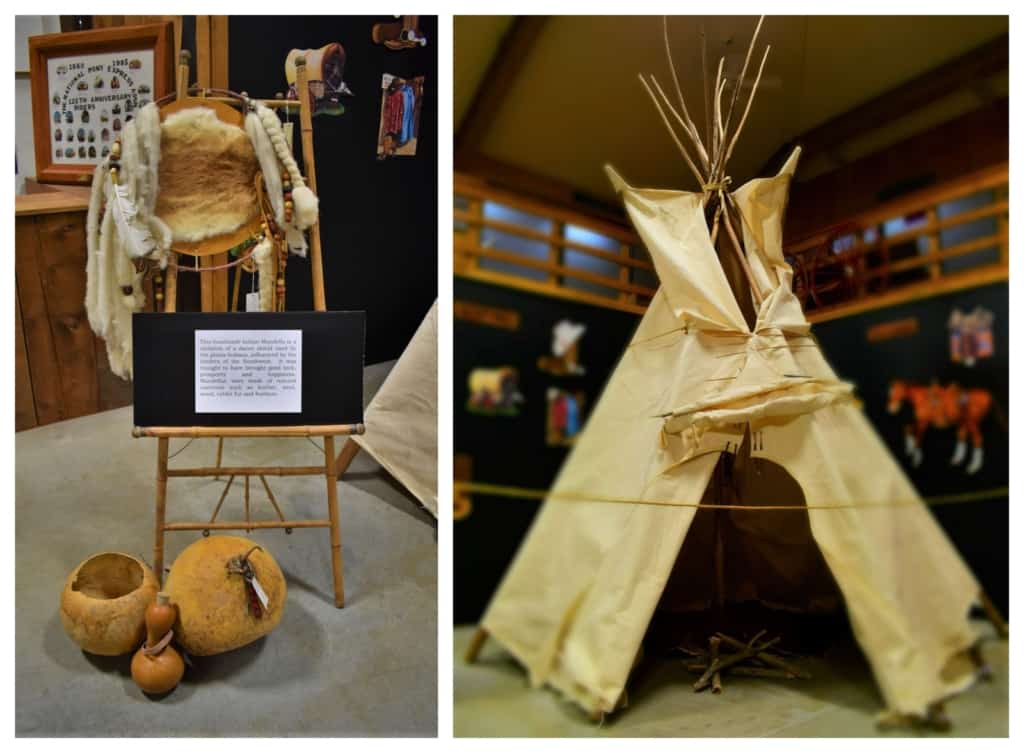
Friends and Enemies
Riding the 1900-mile route across the untamed west would seem like a dangerous proposal. The reality is that the route was ridden with little impact from the Native Indians. Only during the Paiute War was there a significant impact on this mail delivery business. The Paiute War did include the destruction of eight Pony Express stations, as well as the loss of lives and horses. During this time of strife, only one mail shipment was halted. It would eventually reach its destination almost two years later.
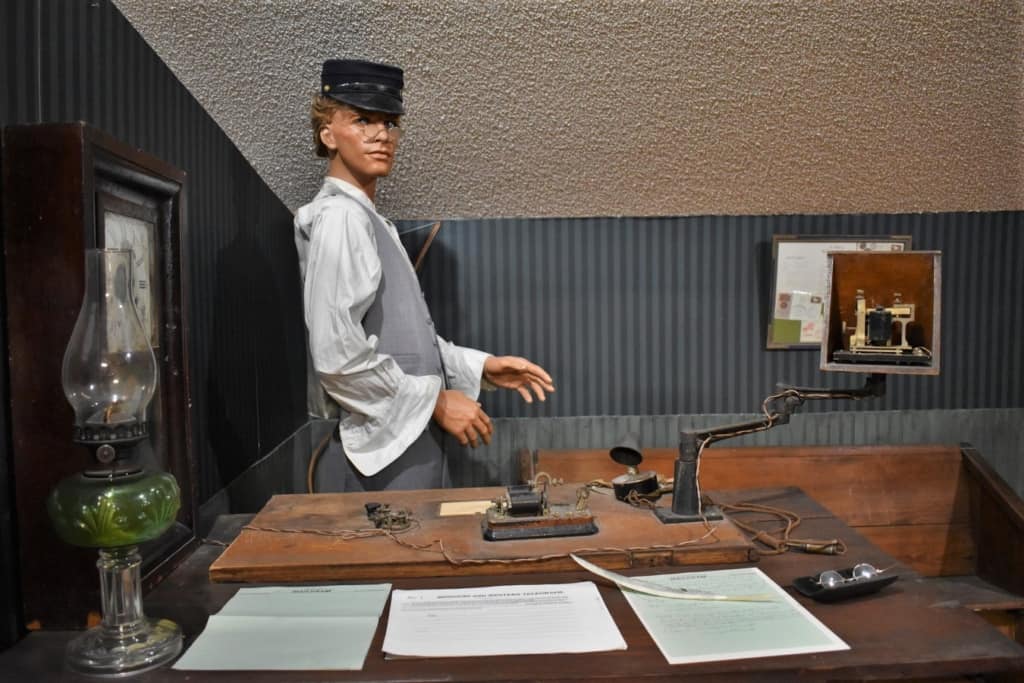
The Final Straw
One of the fastest trips along the Pony Express route occurred after the election of Abraham Lincoln in 1860. A rider departed from Kearney, Nebraska with the news, and reached the telegraph station in Fort Churchill, Nevada in less than eight days. From here the message was transmitted by wire to California. Just as the Pony Express was celebrating this accomplishment, it was also seeing the end that was quickly approaching. The government would eventually award the overland mail contract to a competitor. After the delivery of nearly 35,000 letters, the Pony Express became a casualty of the transcontinental telegraph.
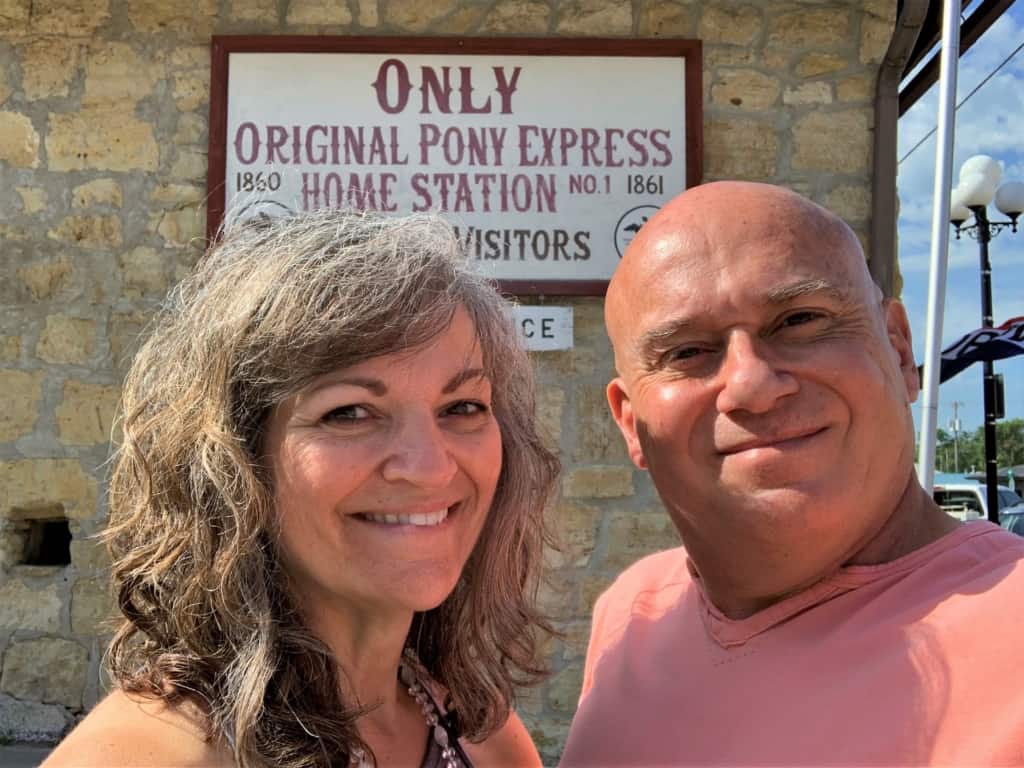
Touring the Pony Express Barn Museum
While the lifespan of this unique delivery system was limited, there are plenty of places to learn about its storied past. The Pony Express Barn Museum is open most days of the year. Admission is only costing $5 per adult and $2 for kids. It’s another great stop along the Pony Express route and located in a black squirrel city. Be sure to spend some time exploring the rest of the town, while you are there.


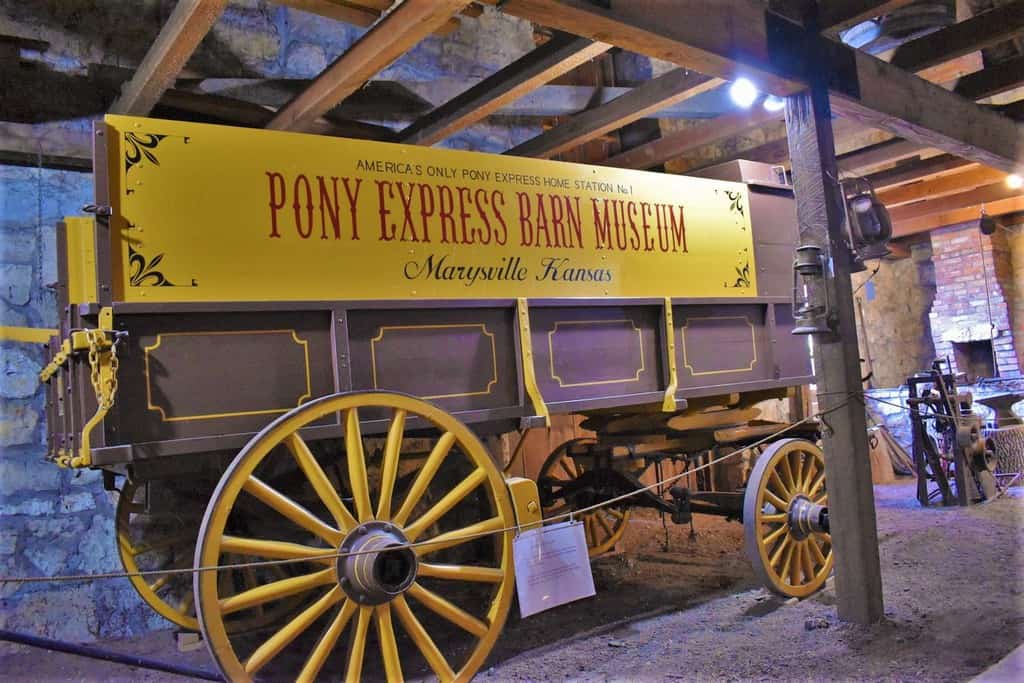


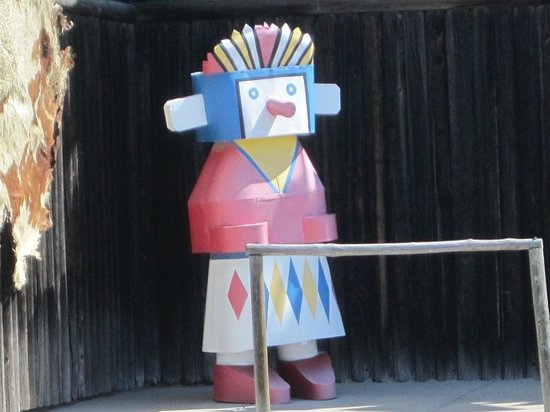
Great post on the Pony Express………..loved it……………Terry……..Wichita, ks
Glad you enjoyed it. We hope you have a chance to visit in the future.